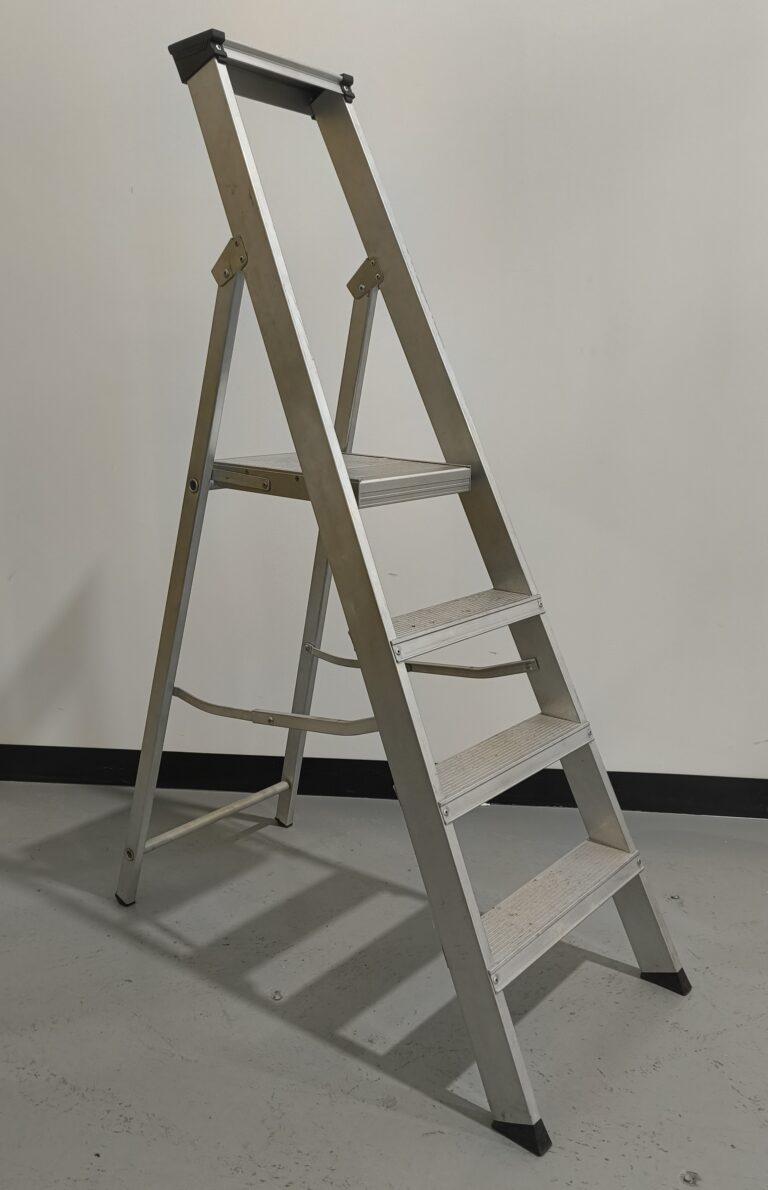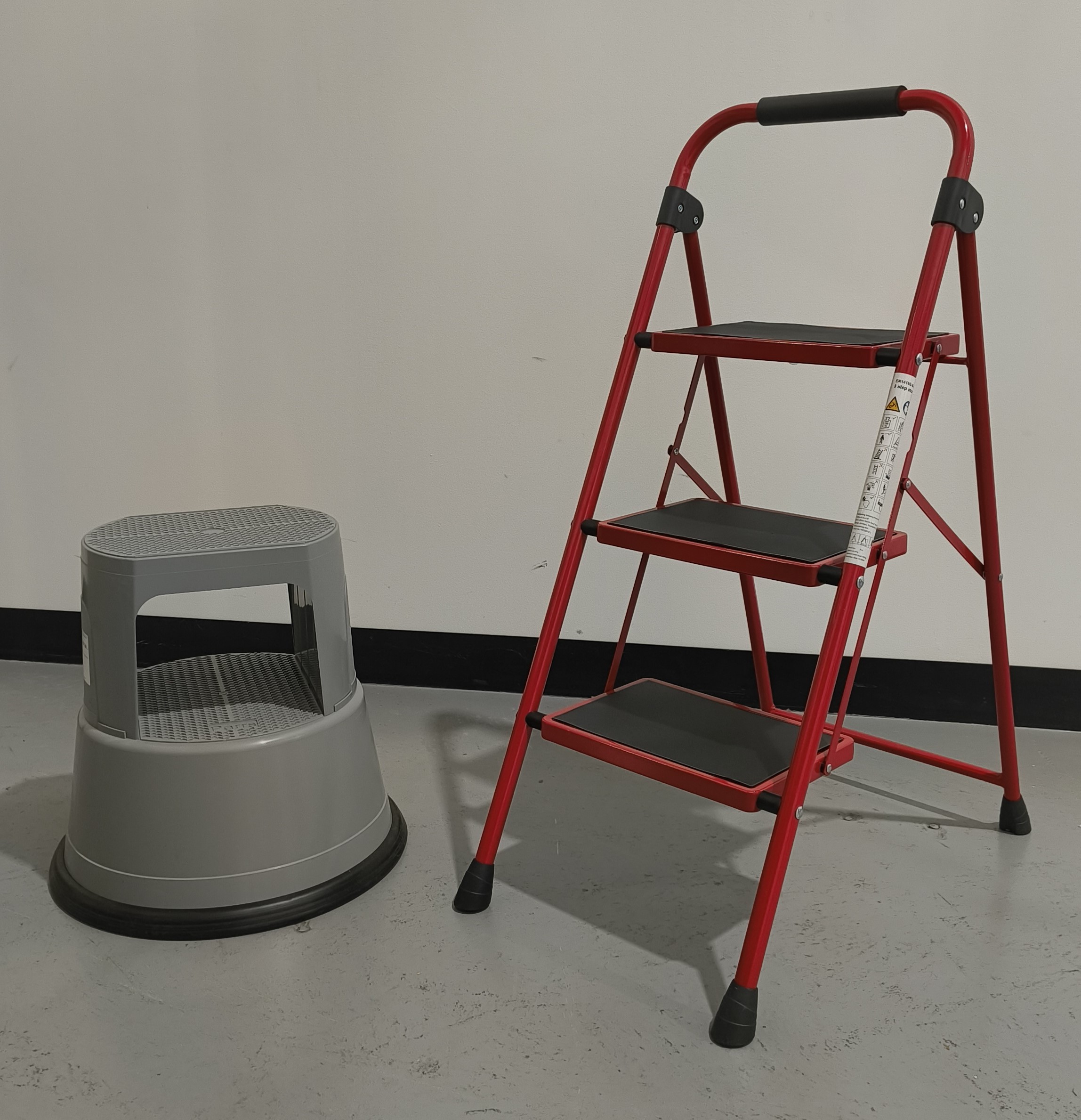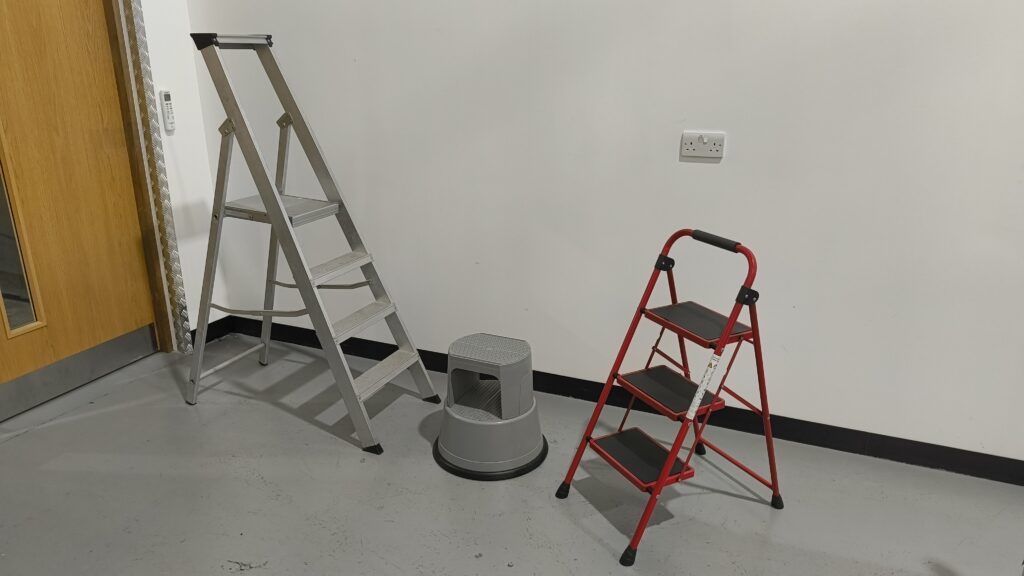Standards
Step Ladders vs. Step Stools –
If you’re making, bringing in, or selling step ladders and step stools, it’s critical to understand the difference between the EN 131 and EN 14183 standards.
03/04/25
In the UK, making sure your product meets the right standard isn’t just a good idea – it’s one way to show the product is “safe” under the General Product Safety Regulations (GPSR).
Here’s the tricky part: step ladders under 1 metre can technically conform to either standard, leaving a lot of folks scratching their heads. Which one should you go with? Let’s dive into that.
EN 131 is the European standard for portable ladders, which includes small step ladders. It applies to both professional and non-professional use, ensuring that ladders are strong, stable, and safe for climbing.
If a product is marketed as a step ladder, it should conform to EN 131.


EN 14183 is the safety standard for step stools—compact, easy-to-store access products designed for low height tasks.
Whilst they provide a stepping surface, they differ significantly from step ladders in terms of usage and testing.
If a product is marketed as a step stool, it should conform to EN 14183.
Step ladders under 1m in height can be tested and certified to either EN 131 or EN 14183. But which one is best for your product?
From a legal perspective, ensuring your product meets a relevant safety standard is one of the best ways to demonstrate compliance with UK product safety laws.

For manufacturers, importers, and retailers, ensuring conformity isn’t just about ticking boxes—it shows you care about customer safety. Choosing the right standard protects users from potential falls and helps businesses avoid costly recalls or legal issues.
At Test & Research Centre, we specialise in testing and certifying access products, helping businesses confidently bring their products to market. If you need expert guidance on choosing the right standard or testing your product, we’re here to help.
Whilst step ladders and step stools might seem similar, their differences in design, use, and safety requirements mean that choosing the correct standard is essential. Whether it’s EN 131 for ladders or EN 14183 for step stools, ensuring conformity is a step towards safer products and a legally sound marketplace.
If you have questions about product safety, certification, or conformity, get in touch with Test & Research Centre today.
34 Regal Drive, Soham, Cambridgeshire, CB7 5BE.
A UK-based Certification Body, Test Laboratory and training facility that specialises in access equipment.